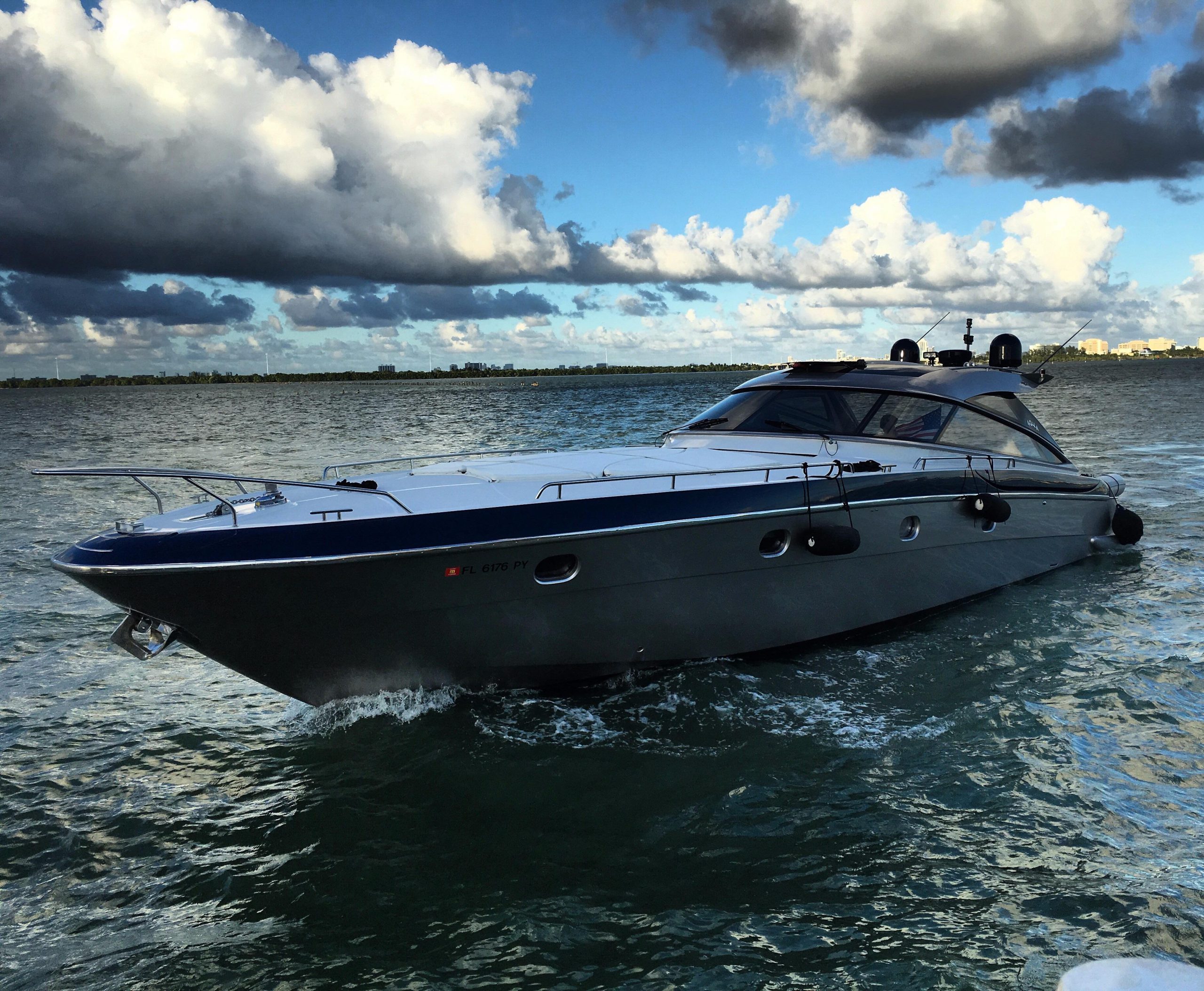How to Do a Sea Trial
The sea trial aims to test the behavior of a boat – new or used, motor or sail – in the water. Here is a guide that will help you adopt the right mindset when doing your sea trial.
It is the last step in the buying process, it is the most important part that will give you the green light to buy your boat.
Before The Sea Trial
After you have chosen the boat you want to buy and, in the case of a used boat, after doing some preliminary checks such as a visit to assess the condition of the boat, it is time to make a decision. If you want to go ahead and “book” the ship, the first step is to sign the buy-sell contract and pay the negotiated deposit. It is very important that the contract mentions that the purchase will be made after a satisfactory sea trial so that you can have some security.
The sea trial is essential before formalizing the purchase to ensure that everything meets your expectations and that the boat adapts well to your style of navigation. It will help you permanently dispel any doubts that may remain and also allow you to join a friend or someone – maybe even a professional employer – who can help you objectively assess whether everything is in order.
Prepare a Checklist
Before taking the sea trial, you can go back to the research you had previously done. What were the main characteristics of the similar boats that you observed? This way you can make comparisons and prepare a list of what you want to check onboard. If the seller plans to make any improvements or repairs, these will be the first things to include, but don’t forget other relevant aspects such as maneuverability, rudder sensitivity, and if it adapts to the way you navigate.
Duration of The Navigation Test
The duration of the sea trial will be that which you have agreed with the owner or the broker, in the case of a used boat, or with the dealer. For vessels that need more control, because they are larger or older, it is important to have enough time to assess their functioning under normal conditions and in times of stress. The main thing is to do all the tests without hurrying.
When testing a new boat, it is important not to be distracted by conversations on board. Sellers are there to sell and other buyers will have their own demands which cannot be yours, so focus on your goals, you will exchange your opinions with others when the test is over.
Sea Trial With a Sailboat
When you test a sailboat, watch carefully the maneuvers the owner does in the harbor: you will be able to see if he does them easily.
Also, check how the accessories govern and their functionality when performing the main maneuvers. The more maneuvers you perform, the better you can assess the behavior of the boat and the ergonomics of the deck. Also, assess how you feel when the boat is heeling and the visibility from the cockpit. Also, think about your type of boating and check how it behaves in relation to important parameters such as heading stability.
On the way down, check if the stairs are safe and if you can hold on well while navigating. Are there enough handles onboard for the safety of your family or will you need to add more? Is it comfortable during the lodging? What about the bathroom? Open and close drawers and doors – they can reveal structural problems. It is also necessary to look at the area of the chainplates and the forestay attachments because these are points of transmission of the forces where the material of the hull and the deck is more subjected to the force. Raise the floors and check the bilge and keel area which should be dry and clean.
Sea Trial with a Motor Boat
As in any other boat, the test begins in port, with the undocking maneuvers. Pay attention to the time of departure, exhaust gases, and all engine noises in different revs, idling, acceleration, cruising, etc. Analyze how the vibrations are transmitted and whether you think the sound isolation is sufficient for passenger comfort: too much noise and too much vibration usually leads to axis alignment problems and/or imbalance of the axle. propeller.
You should also test the engine’s consumption and do calculations with each increase of 500 rpm to determine the effective range of the boat and the most efficient way to navigate it.
After doing these checks, make yourself comfortable in the cockpit, familiarize yourself with the dashboard, put on the gas, and see how it behaves at different angles, with waves, in turns, etc. If all is well, you have found your boat. If you are ready to purchase the boat of your dreams and you run a sea trial then contact us today!


